When choosing a car power IC, what is often overlooked is not the specifications on the data sheet, but the way the components work in the final design. This is because the performance of the integrated circuit is covered in the datasheet, but it does not explain how the component works in a closed-loop system and how it interacts with other components in the system. This is especially important when choosing a front-end power supply for automotive design. Power supplies that are directly connected to the battery need to be efficient, small, and very quiet. Why has to be this way? TI's new LM53635-Q1 regulator is more than just a converter. It uses sophisticated processors and sensors that are sensitive to harsh environments, making automotive electromechanical systems such as gearboxes, engines and brakes noisy, harsh and highly complex. A power conditioning circuit that is connected by an electronic control unit (ECU). The front-end power supply also needs to manage faults and user conditions such as dual battery and load dump. This article explains what issues to consider when designing a car's power supply, and what features you need to add to your design to better manage your challenges. This article will also introduce TI's new 36V, 2.1MHz synchronous buck regulator. There are many fuel-saving features on a modern car; one of the features is the start-stop operation. When the car is waiting in line or waiting for a traffic light, the car will activate the start and stop function and shut down the engine to save fuel. Another condition called cold start can cause similar electronic loads on the system. The start of the engine can cause a large load on the system, causing a drop in the battery voltage. In the case of start-stop or cold-start, the voltage suddenly drops sharply, making the buck converter useless. In some cases, it may be necessary to use a boost converter in the circuit to support the system. If the designed power supply voltage suddenly drops, you can save on boosting costs, as well as the cost, space, and power associated with the added components. The combination of nearly 100% duty cycle, very short off-time and low on-resistance high-side field-effect transistor (FET) resistors allows the LM53635-Q1 (see Figure 1) to support voltages at full load and full operating temperature range Drops below 0.6V while maintaining regulation for downstream power supplies without increasing design complexity. Figure 1: LM53635-Q1 voltage drop Providing low electromagnetic interference (EMI) power supplies is becoming more important as wire harnesses used in automobiles become more complex and the number of ECU nodes in the system continues to increase. Each harness and ECU generates noise that propagates around the car, affecting other applications. Considering the increasing number of safety applications, low electromagnetic interference is also expected. TI has used several techniques to reduce electromagnetic interference when designing the LM53635-Q1 . One technique is to design the package layout based on the optimal position of the passive components used for LM53635-Q1 conditioning and filtering. As shown in Figure 2, the pins used make the high-frequency input capacitors (grounded on both sides of the switch node) symmetrically distributed, and the inductance generated between the GND and the switch is reduced to remove noise. Figure 2: High-frequency CIN capacitor position In addition, packaging in a specific way can remove the parasitic loop inductance and capacitance inside the package, reduce the ringing noise of the switching node, and the ringing of the switching node is the main cause of noise (see Figure 3). If noise can be reduced at the source, there is no need to address the problems caused by adding components. Figure 3: Switch Nodes for the LM53635-Q1 Another technique to reduce system noise is spread spectrum, which can adjust the center switching frequency (2.1MHz in this case) to suppress harmonics and subharmonics. Spread spectrum, as its name suggests, is very effective in reducing overall noise levels, but does not affect the noise floor. However, because spread spectrum can handle high frequency harmonics, it helps to meet the often very stringent original equipment manufacturer (OEM) electromagnetic interference standards, making printed circuit board design simpler and reducing the size and cost of the filter components. Figure 4 shows the LM53635-Q1 in the 30MHz to 108MHz band. The left picture shows the spread spectrum off and the right picture shows the spread spectrum on. Elimination of 300MHz to 108MHz electromagnetic interference to meet CISPR25 Class 5 limits (most stringent specifications) Figure 4: Using spread spectrum to suppress high frequency harmonics One of the main challenges that need to be overcome is the heat problem caused by space constraints and the surrounding environment. Many automotive designs today are often integrated into existing shapes and sizes for mechanical functions, or simply integrated into the free space of a car design. Rearview mirrors are a good example. In the past, rearview mirrors were simple devices that were manually operated, but now more and more electronic devices are being integrated to implement new functions such as cameras. Taking into account the heat of the sun and the housing material of the mirror (usually plastic), the temperature of the electronics on the printed circuit board can reach 105 °C. The power supply is small enough to manage integrated electronics, while still requiring high efficiency without causing self-heating. TI's LM53635-Q1 is designed to reduce losses and operate at 2.1MHz, allowing the power components to be as small as possible to manage heat and size issues. See Figure 5. Figure 5: Efficiency of the LM53635-Q1 operating at 2.1MHz Consumer Electronic Cable Assembly
Consumer electronic Cable Assembly: The product is mainly used in the signal, power, power transmission machine control inside the home appliance.
The consumer electronics connection cable harness industry has had a profound impact on people's lives, cutting into all aspects of life from market conditions, industry services, service conditions, and market scale. Therefore, Kable-X has made an in-depth understanding of the consumer electronics industry to provide customers with better wiring harness.
In addition to Instrumentation Cable Assembly, we also have Vehicle cable assembly and Industrial Cable Assembly.
Consumer Electronic Cable Assembly,Power Cord Cable Assembly,Power Cord Cable For Sale,Cable Assembly Prototyping Kable-X Technology (Suzhou) Co., Ltd , https://www.kable-x-tech.com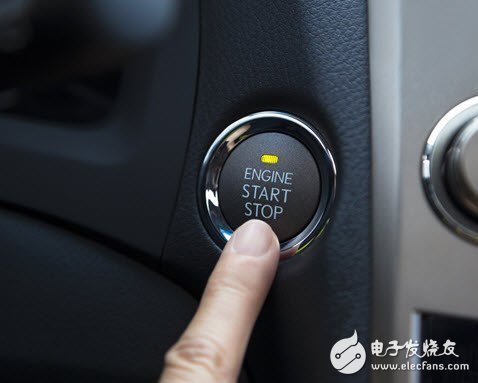
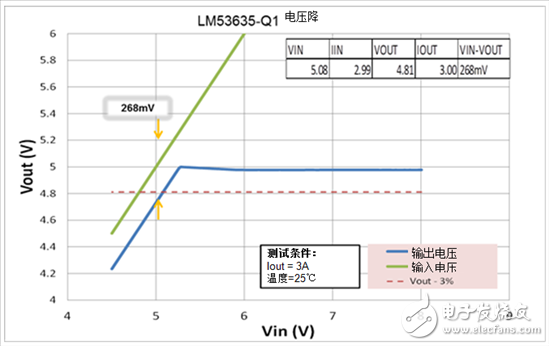

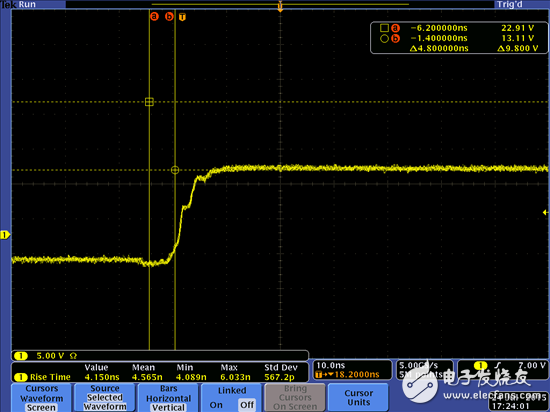
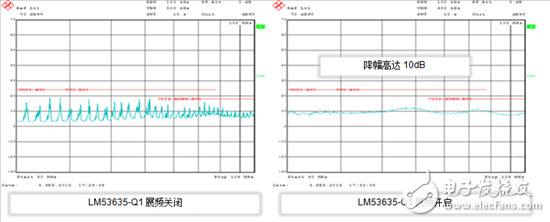
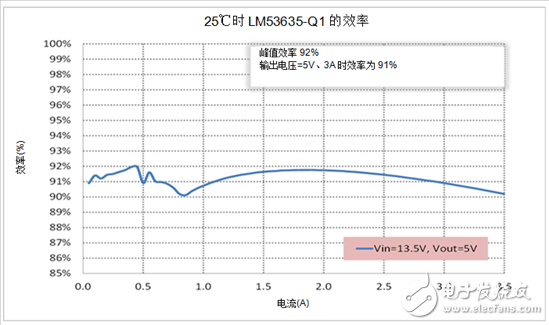
Common consumer electronic cable assemblies include air conditioner power wiring harnesses, water dispenser wiring harnesses, computer internal power cords, coffee machines, egg beaters and other signal lines, TV wiring harnesses and other product wiring harnesses that we can call white goods. The wiring harness is the main body of the circuit network. There is no home appliance circuit without a home Wire Harness . At present, whether it is a high-end luxury home appliance or an economical ordinary home wire harness, the braided form is basically the same, which is composed of wires, connectors and wrapping tapes. Home appliance wires, also known as low-voltage wires, are different from ordinary household wires. Ordinary household wires are copper single-core wires with a certain hardness. The consumer electronic wire harnesses are all copper multi-core soft wires, some soft wires are as thin as a few hairs or even dozens of soft copper wires are wrapped in a plastic insulating tube (polyvinyl chloride), which is soft and not easy to break. Common specifications of wires in consumer electronics harnesses include wires with a nominal cross-sectional area of 0.5, 0.75, 1.0, 1.5, 2.0, 2.5, 4.0, 6.0, etc. square millimeters, each of which has an allowable load current value for use in different power electrical equipment. Different gauge wires.
